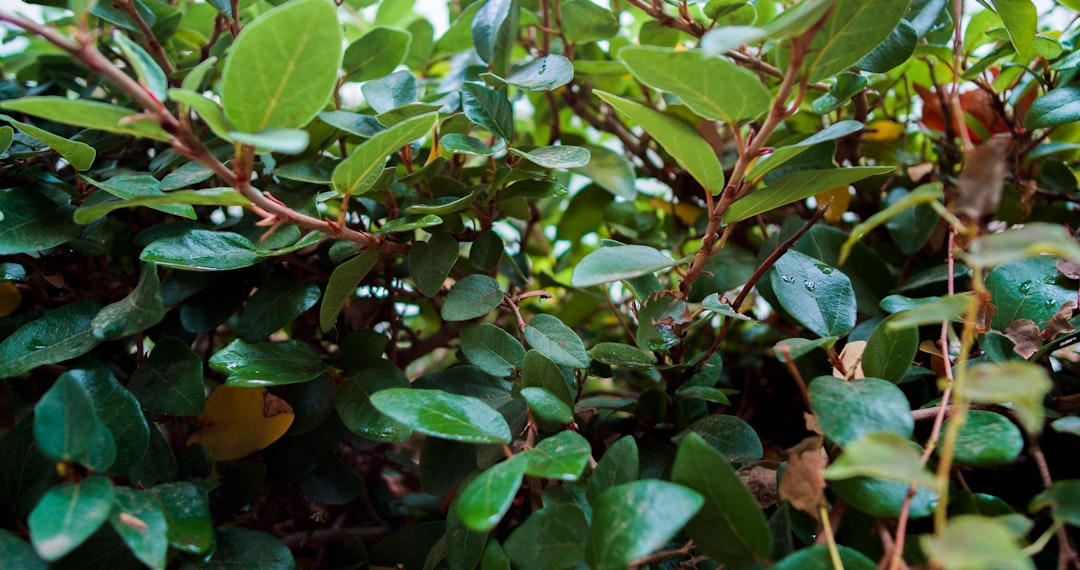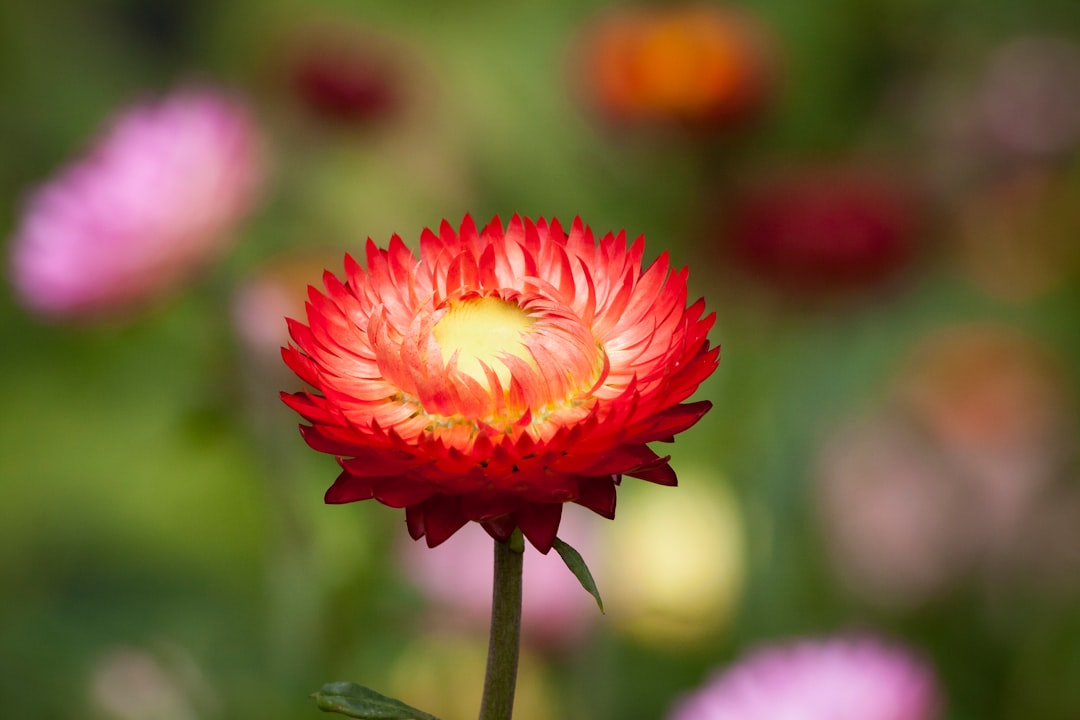Edible gardening is a rewarding endeavor, and among the many fruits you can grow, tomatoes stand out as a favorite for many gardeners. With the right tomato - planting ideas, you can cultivate the best tomatoes your garden has ever seen. In this article, we'll explore a comprehensive guide to growing these delicious fruits.
First and foremost, choosing the right tomato variety is crucial. There are numerous types of tomatoes available, each with its own unique characteristics. Determinate tomatoes are great for those with limited space as they grow to a certain height and produce a large crop all at once. Indeterminate tomatoes, on the other hand, continue to grow and produce fruit throughout the growing season. Consider your garden space, climate, and personal taste preferences when selecting a variety. For example, if you love making sauces, Roma tomatoes are an excellent choice due to their meaty texture and low water content. If you prefer fresh - eating tomatoes, cherry tomatoes are sweet and bite - sized, perfect for snacking right off the vine.
Preparing the soil is the next important step. Tomatoes thrive in well - drained, fertile soil. Start by testing your soil to determine its pH level. Tomatoes generally prefer a slightly acidic soil with a pH between 6.0 and 6.8. If your soil is too alkaline, you can add sulfur to lower the pH. Incorporate organic matter such as compost, aged manure, or leaf mold into the soil. This will improve its structure, fertility, and water - holding capacity. Dig the soil to a depth of at least 12 inches to allow the tomato roots to penetrate easily.
When it comes to planting, timing is everything. Tomatoes are warm - season plants, so they should be planted after the last frost date in your area. You can start tomato seeds indoors 6 - 8 weeks before the last frost. Use a seed - starting mix and plant the seeds about 1/4 inch deep. Keep the soil moist and provide plenty of light. Once the seedlings have developed their second set of true leaves, you can transplant them into larger containers. When transplanting the seedlings outdoors, space them about 2 - 3 feet apart to allow for proper air circulation and growth.
Proper watering is essential for healthy tomato plants. Tomatoes need consistent moisture, but they don't like to sit in waterlogged soil. Water deeply and infrequently, aiming to keep the soil evenly moist. A good rule of thumb is to provide about 1 - 2 inches of water per week, either through rainfall or irrigation. Water at the base of the plant to avoid getting the leaves wet, as wet leaves can lead to fungal diseases.
Fertilizing your tomato plants is also important. Before planting, incorporate a slow - release fertilizer into the soil. As the plants grow, you can side - dress them with a balanced fertilizer every few weeks. However, be careful not to over - fertilize, as this can lead to excessive foliage growth at the expense of fruit production. Look for fertilizers that are high in phosphorus and potassium, which are essential for fruit development.
Supporting your tomato plants is another key aspect. Indeterminate tomatoes, in particular, need support to keep the plants upright and prevent the fruit from touching the ground. You can use stakes, cages, or trellises. Stakes should be at least 6 feet tall and driven into the ground about 1 - 2 feet deep. Tie the plants to the stakes using soft twine or plant ties. Cages are also a popular option, providing support from all sides. Trellises can be used to train the plants vertically, saving space in the garden.
Pruning is an optional but beneficial practice for tomato plants. Removing the suckers (the small shoots that grow in the axils between the main stem and the branches) can help direct the plant's energy towards fruit production. However, be careful not to over - prune, as some foliage is needed to protect the fruit from sunscald.
Finally, pest and disease management is crucial for a successful tomato harvest. Common pests that affect tomatoes include aphids, tomato hornworms, and whiteflies. You can use natural predators such as ladybugs to control aphids, or hand - pick tomato hornworms off the plants. For diseases like blight and powdery mildew, practice good garden hygiene by removing infected leaves and debris. You can also use fungicides as a preventive measure.
In conclusion, growing the best tomatoes in your garden requires careful planning, proper care, and attention to detail. By following these tomato - planting ideas, you can enjoy a bountiful harvest of delicious, home - grown tomatoes. Whether you're a novice gardener or an experienced one, the joy of growing your own tomatoes is truly unparalleled.




















